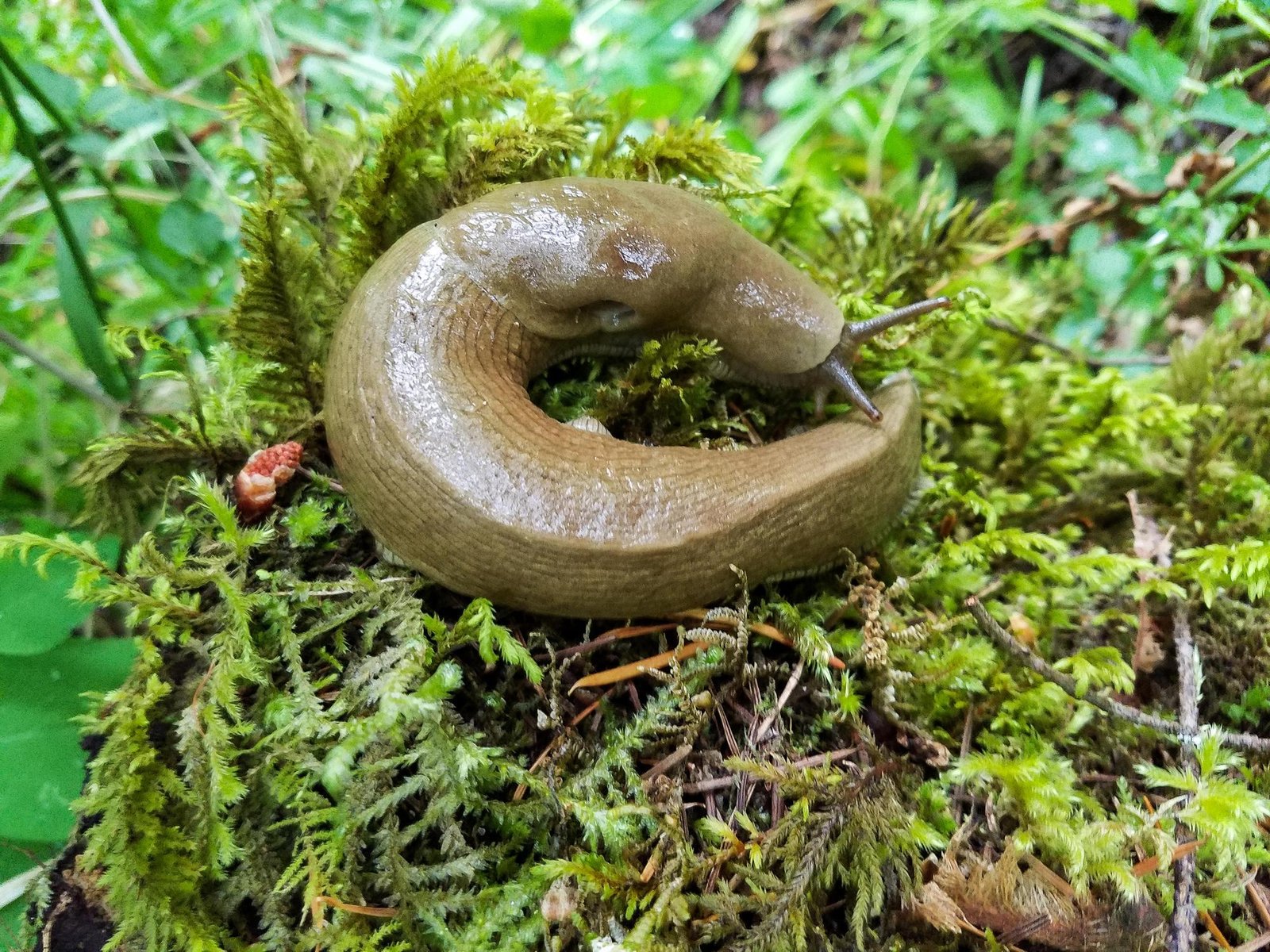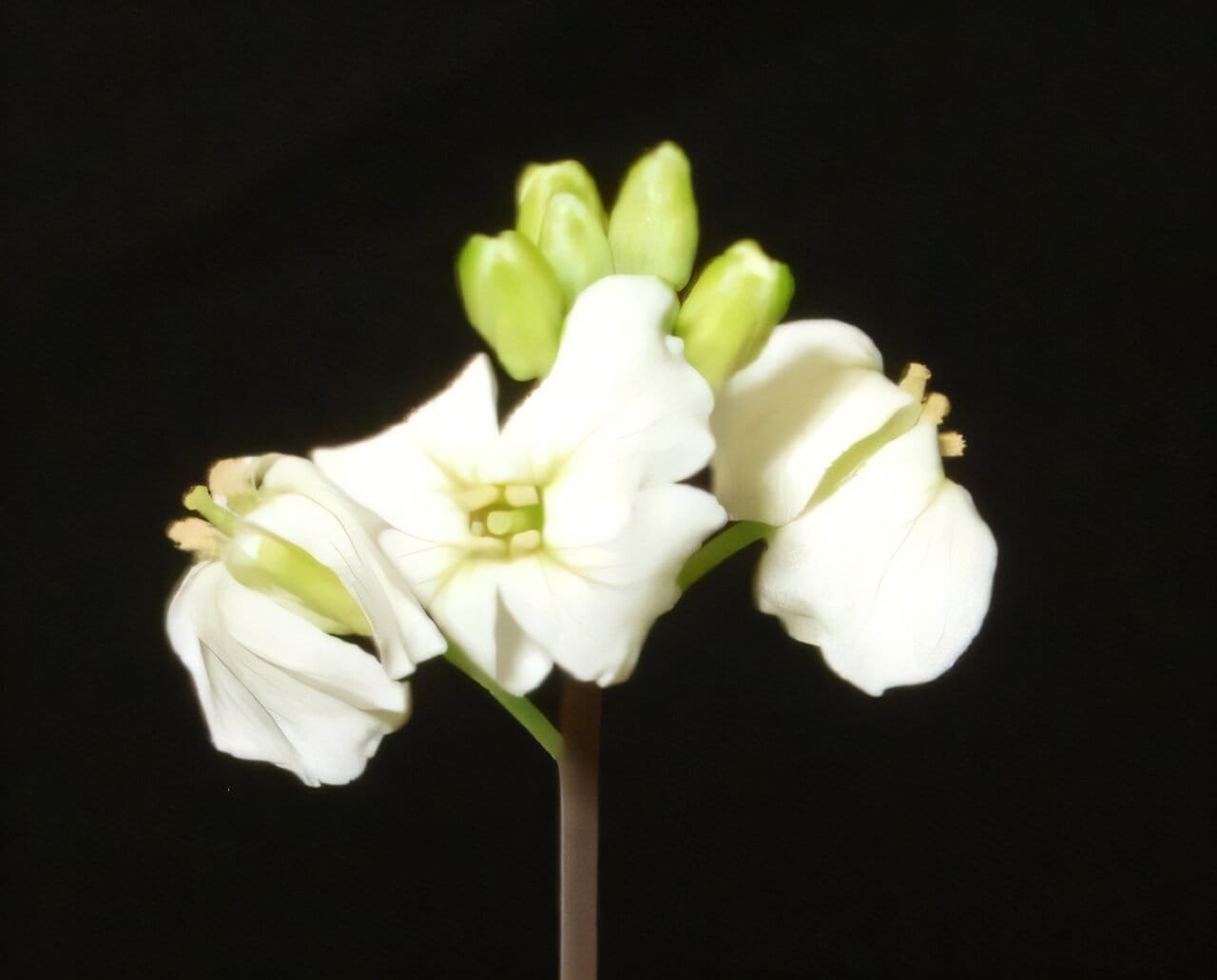The Pacific banana slug has long been an iconic symbol of California’s coastal redwood forests, where it thrives in the moist, shaded environments that are characteristic of the region. Known for its striking yellow coloring and its gelatinous slime, this slug has captured the imagination of locals and visitors alike. For the University of California, Santa Cruz (UCSC), the Pacific banana slug is more than just a mascot; it’s a symbol of the unique biodiversity that defines the state. Now, thanks to the efforts of a dedicated team of scientists, the first complete genome of this remarkable creature has been sequenced, revealing important insights into its genetics, behavior, and potential future survival in a changing climate.
The genome sequencing of the Pacific banana slug is part of the larger California Conservation Genomics Project (CCGP), a collaborative initiative across the UC system that aims to build comprehensive genetic databases for endangered, endemic, or ecologically important species in California. The project seeks to better understand the genetic diversity of these species and inform future conservation efforts, particularly in the face of the ongoing threats posed by climate change and human activity.
A Giant Leap for Slug Research
The research team, led by Russell Corbett-Detig, Professor of Biomolecular Engineering at UCSC, has published their findings in the prestigious Journal of Heredity. The completed genome of the Pacific banana slug (scientifically known as Ariolimax columbianus) will serve as an invaluable resource for scientists studying not only this species, but also the broader ecological systems in which it resides.
One of the most intriguing aspects of banana slugs, and what makes them an important subject of study, is their unique reproductive strategy. Banana slugs are hermaphrodites, meaning they possess both male and female reproductive organs. Moreover, they have the ability to self-fertilize—a phenomenon known as “selfing”—which means they can reproduce without the need for a mate. This unusual reproductive trait raises interesting questions about their genetic diversity, population dynamics, and adaptability, making them an ideal species for studying the genetic effects of self-fertilization in a natural setting.
In addition to their unique reproductive biology, banana slugs are famous for their slime, which plays a key role in their survival. The thick, numbing slime they produce has long been a subject of fascination. It helps them to navigate slippery surfaces, protect themselves from predators, and even deter parasites. The specific chemical makeup of this slime is still not fully understood, but the new genome sequence will provide critical insights into the genes responsible for its production, as well as other potential toxic properties.
Banana Slugs in a Changing World
The sequencing of the Pacific banana slug genome is particularly timely, as it is part of the CCGP’s broader mission to understand and protect California’s diverse species in light of the many challenges they face. As one of the species involved in the CCGP, the banana slug provides valuable information about how populations of wildlife might respond to environmental stressors, such as temperature fluctuations, habitat loss, and the increasing prevalence of extreme weather events.
According to Corbett-Detig, the banana slug offers a unique opportunity for studying the impact of climate change on species that live in specialized habitats. Because banana slugs are not particularly mobile, they tend to remain in the same area for much of their lives, which makes them more vulnerable to environmental changes. By studying their genetic makeup, researchers can gain insights into how these slugs might adapt to shifting conditions, such as changing temperatures, shifts in precipitation patterns, and habitat fragmentation.
Corbett-Detig notes that the Pacific banana slug’s relatively limited movement also makes it a useful model for studying the connectivity of populations. “The thing that’s nice about banana slugs is that they don’t move a lot, so they’re representative of the climate you find them in,” Corbett-Detig said. “This has the potential to be really interesting in terms of their connectedness to the environment as compared to other species in the state.” Understanding how these slugs are genetically linked to their specific environments could help inform conservation strategies to preserve their populations and ensure their survival in the face of ongoing ecological changes.
Selfing and Genetic Diversity: What the Slug Genome Reveals
One of the most pressing questions in the study of banana slugs is how their ability to self-fertilize affects their genetic diversity. Researchers have long wondered how often banana slugs breed with unrelated individuals, and how often they self-fertilize or mate with close relatives. Max Genetti, a Ph.D. student in Corbett-Detig’s lab and the paper’s first author, explained, “We want to understand how the populations are related to one another and if there are remote populations in certain areas. It’s uncertain how often they’re actually breeding with one another and how often they’re just breeding with themselves or with very closely related individuals.”
By sequencing the complete genome of the Pacific banana slug, scientists can now study the genetic relationships between different populations of banana slugs and determine how genetic diversity is maintained, or diminished, across different environments. This will help to clarify whether self-fertilization is promoting genetic stagnation, or if the slugs are able to maintain diversity through occasional outbreeding.
Slime and the Secret World of Chemical Warfare
The banana slug is also famous for its remarkable slime, which has been the subject of fascination for decades. The slug’s slime serves as a protective barrier, enabling it to slide smoothly over rough and sometimes dangerous surfaces. The slime’s numbing effect is one of its most distinctive features. The mucus not only helps the slug move, but it also acts as a defense mechanism against predators. Scientists are particularly interested in understanding the chemical properties of this slime, as it is thought to contain substances with potential medicinal or toxic applications.
The research team is hopeful that their genomic work will shed light on the genes responsible for the slime’s composition, and potentially uncover new chemicals with significant biological or ecological effects. As Merly Escalona, UCSC Assistant Project Scientist and lead of reference genome assembly for the CCGP, explained, “Once you have the genome published, there’s a lot of other things you can learn. Once gene information is added through genome annotation, the slug community can use this to learn about any important chemistry or toxicity characteristics.”
Mapping the Slug Population Across California
As part of the project, the team also conducted extensive fieldwork, collecting DNA samples from over 100 individual banana slugs throughout California. This allowed them to begin mapping the genetic distribution of the species across the state. Their findings suggest that the Pacific banana slug is divided into three main populations: one in the central coast, including Santa Cruz; a second on the southern coast; and a third and largest group that stretches from the San Francisco Bay Area northward to Oregon and east into the Sierra Nevada mountains.
There is genetic variation among these populations, with distinct groups showing signs of historical and ongoing separation. This insight is important because it suggests that different populations of banana slugs may be experiencing unique environmental pressures, and understanding these dynamics could help researchers predict how these slugs will fare in the future, especially as they face the impacts of climate change.
The Future of Banana Slug Research
As the CCGP continues to expand its efforts to catalog the genomes of key species across California, researchers at UCSC plan to continue their studies on the Pacific banana slug. Corbett-Detig and his team are particularly interested in further investigating how the three main populations of banana slugs are connected to their respective environments and whether these populations are facing unique challenges. Additionally, the team hopes to explore the chemical properties of the banana slug’s slime and its potential applications in medicine or toxicology.
At a more local level, Corbett-Detig also dreams of studying the banana slugs on the UCSC campus itself, which could provide further insight into how these slugs are related to each other and how their genetic diversity is maintained in a localized setting. This research will undoubtedly continue to uncover new and fascinating aspects of the banana slug’s biology, behavior, and role in California’s rich ecosystem.
A Slug That’s More Than Just a Mascot
The Pacific banana slug has long been a beloved mascot for UCSC, a symbol of the university’s commitment to environmental sustainability and biodiversity. But thanks to the groundbreaking work of Corbett-Detig and his team, this humble slug has now become a key player in the larger effort to preserve California’s diverse ecosystems. By understanding the genetics of this iconic species, scientists hope to improve conservation efforts for the many other species that share the state’s fragile habitats. And as the planet faces unprecedented challenges from climate change, this research could prove vital in safeguarding the future of not only banana slugs, but also the many species that depend on California’s unique ecosystems.
As the team continues to build on this initial genomic work, the Pacific banana slug will remain a central figure in the quest to understand and preserve California’s natural heritage. And as for the slugs themselves, they’ll continue to glide silently through the redwood forests, their slimy trail marking the way forward for scientific discovery.
Reference: Maximilian Genetti et al, Secrets of the Goo: the Genome assembly of the Pacific Banana Slug, Ariolimax columbianus, Journal of Heredity (2025). DOI: 10.1093/jhered/esaf002






